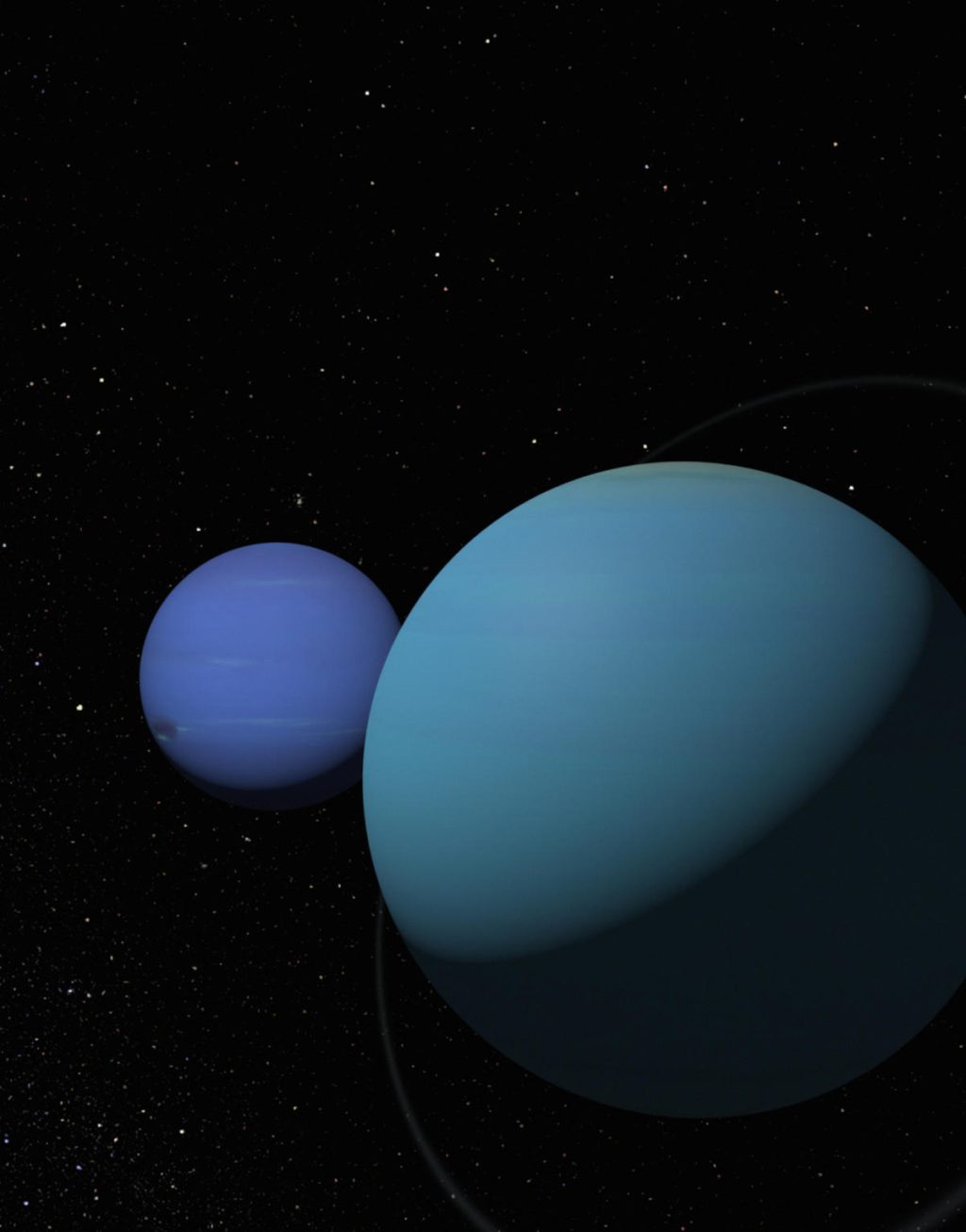
-
The planets have almost identical compositions, but with different colors;
-
While Neptune is dark blue with details, Uranus is paler and more uniform.
-
The mystery was solved by chance by scientists.
An astronomical survey unexpectedly revealed the last planets in the solar system: Why is the color of Neptune and Uranus different??
both planets Very similar to each other. Both are ice giants between 15 (in the case of Uranus) and 17 (in the case of Neptune) larger than Earth. Both have atmospheres made up mostly of hydrogen and helium. And both take decades to rotate along the Sun.
But any observation of the two reveals something almost mysterious. while Neptune is a dark shade of blue, with storms and swirling clouds appearing; Uranus is a pale bluish green in color and bears almost no markings.
But now scientists know why. Research published in the Geophysical Research Journal: Planets, a team of researchers led by Patrick Irwin, Professor of Planetary Physics at Oxford, came to the conclusion that a layer of haze of volatile particles and a quieter atmosphere give Uranus its fainter colour. . A similar layer exists on Neptune, but its turbulent atmosphere creates the opposite effect of particles, creating the dark spots seen by telescopes.
The observations, in visible, ultraviolet and infrared light, were made by Gemini North and NASA’s Infrared Telescope Station in Hawaii, and helped build models of the atmospheres of both planets, which spacecraft have not visited since the Voyager 2 mission that passed. Through Uranus in 1986 and Neptune in 1989.
According to researchers, the atmosphere of ice giants, unlike gas giants Jupiter and Saturn, contains an ice layer of water, ammonia and methane in the atmosphere. On both planets, fog particles condense with methane and fall to Earth in the form of methane ice.
Neptune, which has the fastest winds in the solar system and can reach speeds of 2092 km/h, is able to mix methane with fog more quickly, purifying the air and revealing the true colors of the planet. On the other hand, Uranus hides its color by the thick layer of fog.
However, the discovery was serendipitous, as it was not the purpose of the research. “We were hoping that developing this model would help us understand clouds and fog in the giant icy atmosphere,” said Mike Wong, a team member and astronomer at UC Berkeley. “Explanation of the color difference between Uranus and Neptune was an unexpected bonus!”



![[VÍDEO] Elton John’s final show in the UK has the crowd moving](https://www.lodivalleynews.com/wp-content/uploads/2023/06/Elton-John-1-690x600.jpg)


More Stories
What ChatGPT knows about you is scary
The return of NFT? Champions Tactics is released by Ubisoft
What does Meta want from the “blue circle AI” in WhatsApp chats?